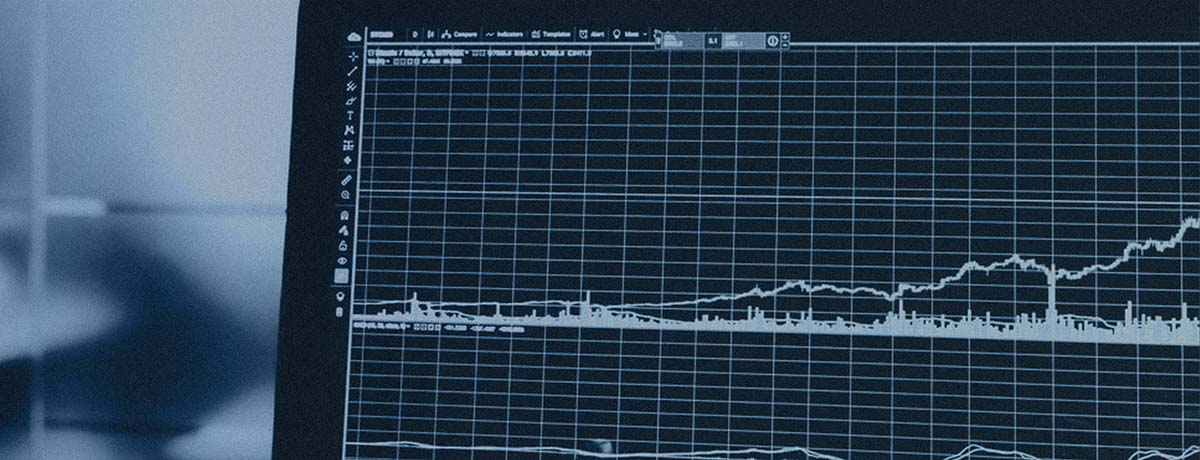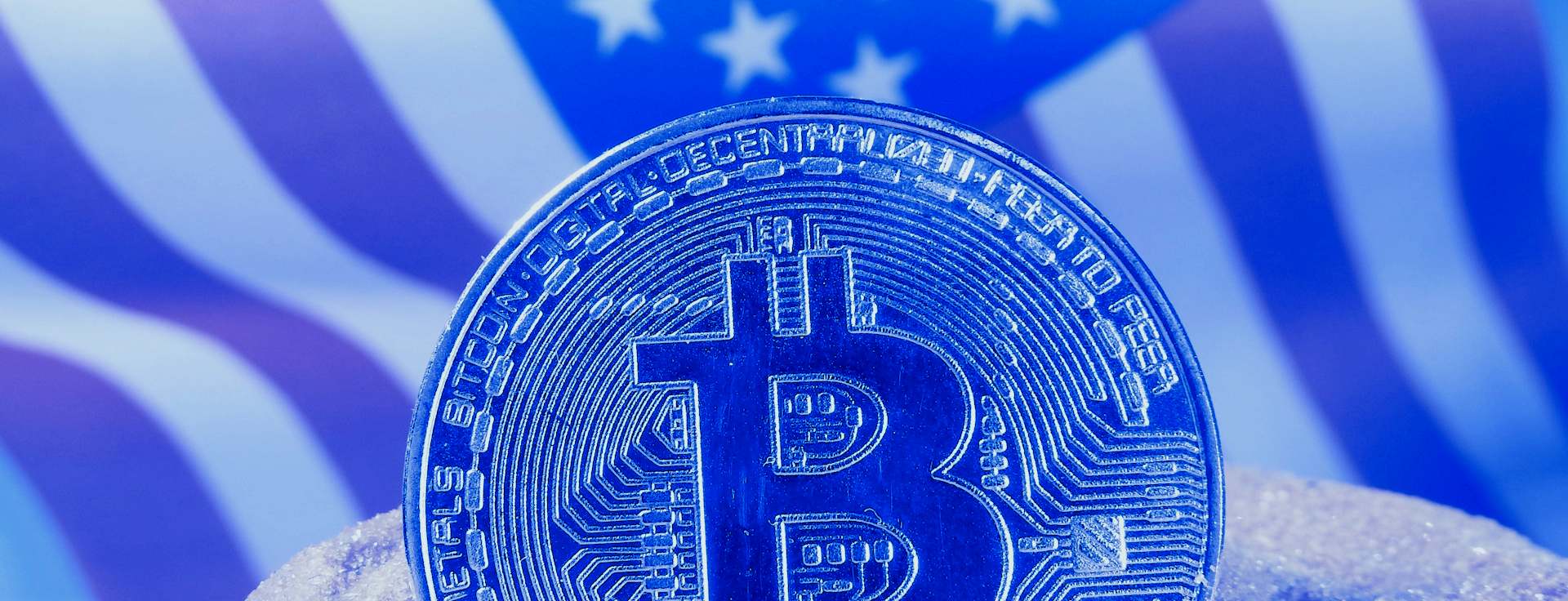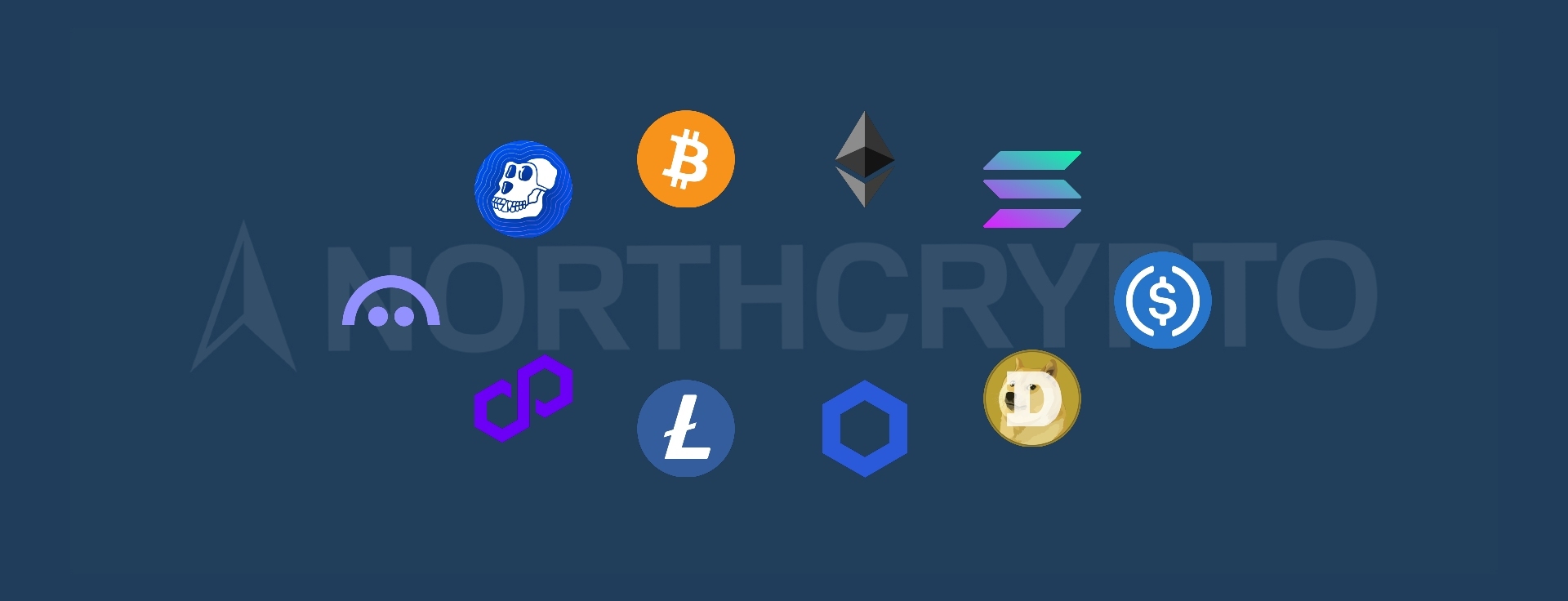
Numerous people around the world are interested in the price of bitcoin on a daily basis. Bitcoin is a highly volatile investment, and the price of bitcoin can fluctuate very much, even in the short term. Buying Bitcoin in an investment sense has grown tremendously in recent years. This article aims to tell the reader about bitcoin and its price movements and discuss bitcoin’s possible price in the future.
What is Bitcoin?
However, before getting acquainted with bitcoin’s price movements, it is good to review the bitcoin basics.
The world’s oldest cryptocurrency, bitcoin, began operations in January 2009. Bitcoin is based on an open blockchain. Bitcoin’s blockchain is today the world’s largest distributed computing project. The popularity of Bitcoin has grown tremendously over the years, and today, Bitcoin has risen to the awareness of the whole world. Bitcoin’s popularity has been driven in particular by Bitcoin’s revolutionary technology and predetermined maximum amount.
The maximum amount of bitcoin is 21 million bitcoins. A predefined maximum number means that no one can’t create any more bitcoin. Bitcoin also differs from traditional currencies (e.g., dollar and euro) in that bitcoins are not controlled by a central bank or any single entity.
New bitcoins are always created in the world when a new block is mined. In the Bitcoin blockchain, a new block is about every 10 minutes, and the mining fee for it is currently 6,25 bitcoin. Bitcoin’s mining fee will halve every 210,000 blocks, which takes about four years. The next halving of Bitcoin happens in 2024. The Bitcoin halving is a feature programmed within the Bitcoin blockchain that aims to keep the total amount of bitcoins stable and prevent inflation. The four-yearly halving of Bitcoin has historically had a substantial impact on the bitcoin price as well. More on the historical price development of Bitcoin next.
Bitcoin price history
The dollar price of bitcoin was determined for the first time in September 2009. At that time, one US dollar was as much as 1,309 bitcoins. Historically, the bitcoin price has always run in four-year cycles. The halving of Bitcoin has been a starting point for a new four-year cycle.
The first bitcoin price bubble happened in 2011. During 2011, the price of one bitcoin rose from less than a dollar to 30 USD. After reaching a 30 dollar peak, the bitcoin price dropped to two dollars.
The first halving of Bitcoin’s history happened in November 2012. The first halving started the first four-year cycle of bitcoin’s history, culminating in 2013 when bitcoin’s price rose from a hundred dollars to over 1,000 USD in a few months. A large crash also followed the massive rise and overheating of the market. Because of that, the bitcoin price was in deep waters for a long time. At its lowest in January 2015, the price of one bitcoin was below 200 dollars.
The second halving of Bitcoin’s history took place in July 2016. The halving re-launched a new four-year cycle culminating in late 2017 when one bitcoin was worth about 20,000 USD. The strong rise in Bitcoin’s price ended as early as the beginning of 2018 when bitcoin’s value started to fall sharply. Indeed, the Bitcoin price remained relatively low until 2020.
The third halving of Bitcoin’s history was in May 2020. The four-year cycle that began with the third halving has progressed very strongly, and the bitcoin price has risen steadily since the halving.
The bitcoin price in the future
When considering bitcoin’s future price, it is good to know how bitcoin’s value is determined.
The value of Bitcoin is based on supply and demand. In practice, it means that if there are more bitcoin buyers than sellers, the price will rise. On the other hand, if people want to sell more than buy, the price will decline.
The halving of Bitcoin every four years will result in the number of new bitcoins entering the market halving. This means that the supply of bitcoin will decrease. When Bitcoin’s demand remains the same, it is evident that halvings’ price-increasing effect is obvious.
Recently, the demand for bitcoin has been growing. Large investors ranging from institutions to listed companies have begun to buy bitcoin. Increased demand for Bitcoin and decreased supply have led to a sharp rise in the price of bitcoin. The increased demand for Bitcoin is the sum of many factors. One of the factors explaining the increased demand for bitcoin is the growth of the infrastructure built around bitcoin. An excellent example of this is the support for Bitcoin payments and trading brought by PayPal, the world’s largest payment services company. People have also been concerned about the current monetary policy of central banks. The corona crisis has led to the issuance of new money at a record pace. Fear of rising inflation has made people interested in investments like bitcoin and gold. Although bitcoin’s price has been rising recently, we have not yet seen the peak of the most recent four-year cycle, which began with the halving in May 2020.
Demand for Bitcoin has grown steadily throughout its history. There are many different factors behind the increased demand, but one of the main reasons is definitely that people are slowly beginning to understand Bitcoin’s uniqueness. Future halvings will further reduce the amount of new bitcoin entering the market. Growing demand combined with declining supply is a combination that leads to positive price developments. Several experts believe that the price of bitcoin will continue to rise also in the future.
Mikko Soon
Cryptocurrency specialist
Last updated: 09.02.2023 11:11




